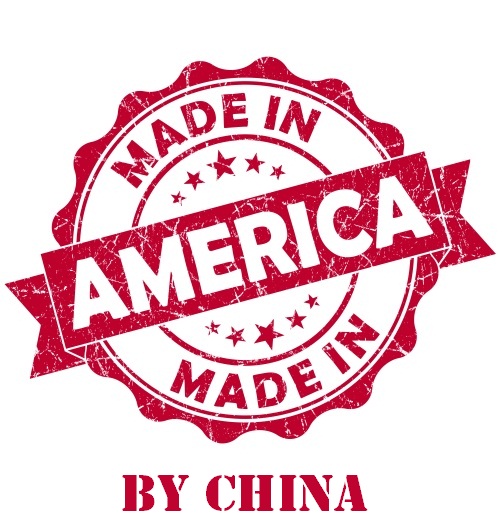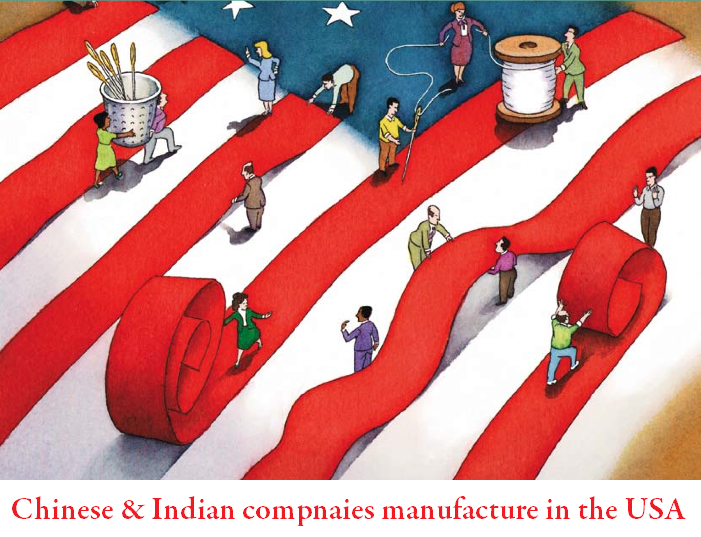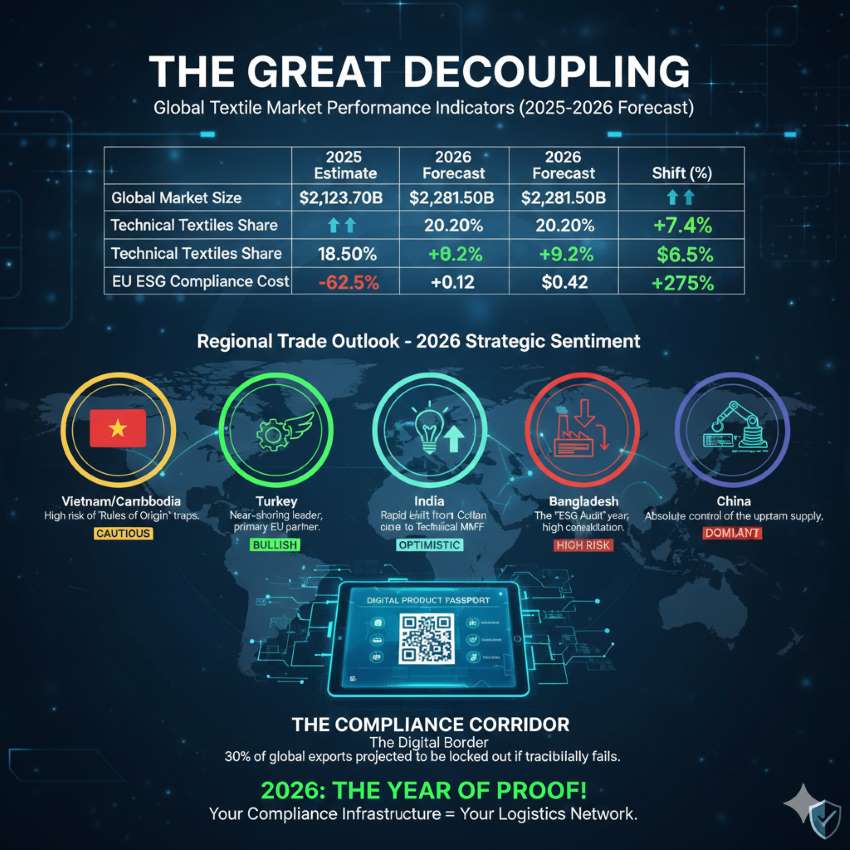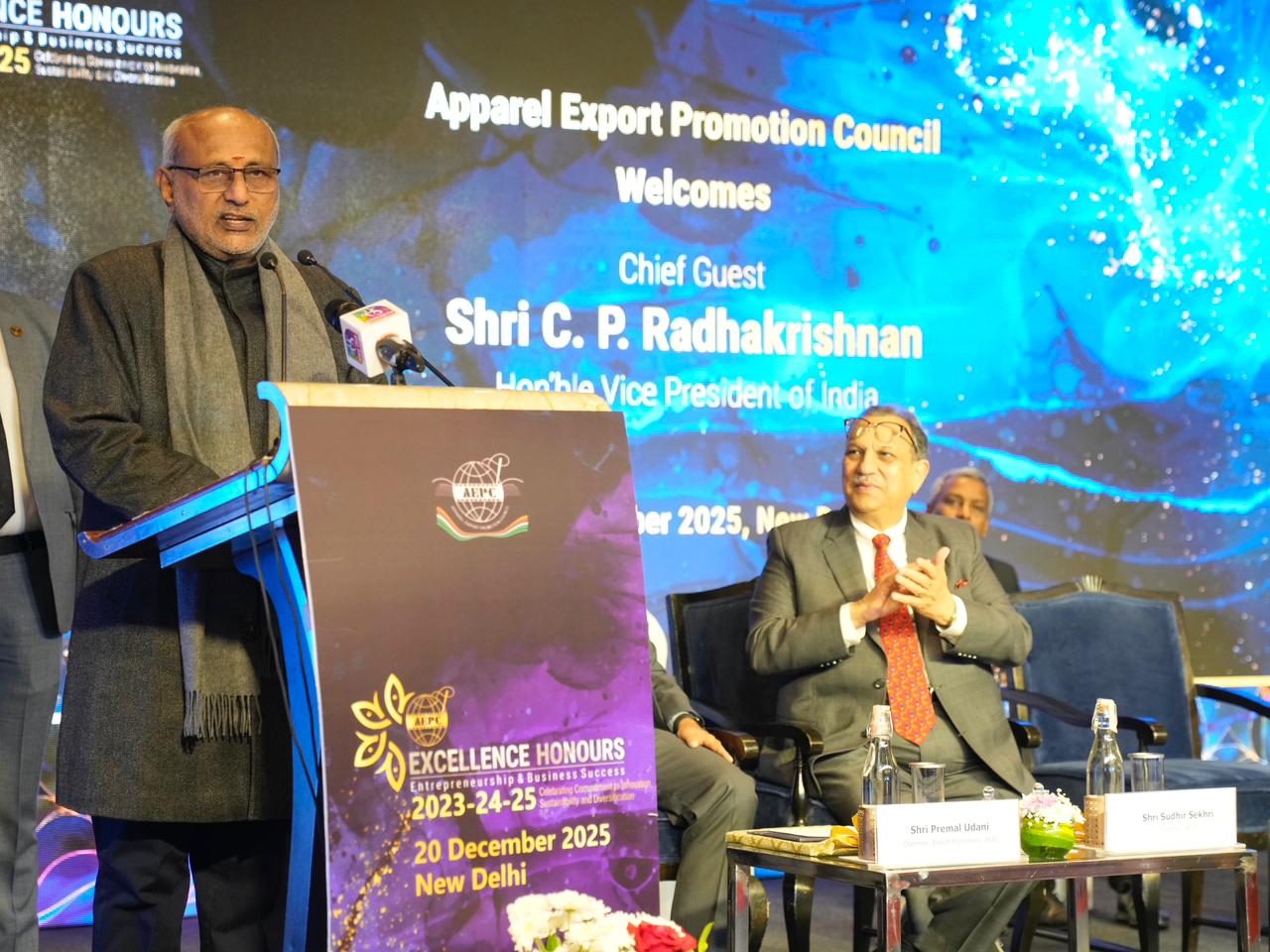 Textile mills that processed cotton and wove it into cloth were once a monopoly of the southern US states before World War II. However, in the past 50 years, free trade agreements, automation and competition from countries such as China have affected these mills. Eventually, their businesses have touched ground zero. However, now, some textile jobs are making a comeback, but in a different way. As The New York Times reports, some Chinese manufacturers are setting their businesses in the US, after realising that it is cheaper to manufacture their products in Southern America than in China.
Textile mills that processed cotton and wove it into cloth were once a monopoly of the southern US states before World War II. However, in the past 50 years, free trade agreements, automation and competition from countries such as China have affected these mills. Eventually, their businesses have touched ground zero. However, now, some textile jobs are making a comeback, but in a different way. As The New York Times reports, some Chinese manufacturers are setting their businesses in the US, after realising that it is cheaper to manufacture their products in Southern America than in China.South offers lucrative business prospects

A Chinese yarn-maker, Keer Group, is investing $218 million in a factory in South Carolina, while JN Fibers, another Chinese manufacturer, is investing $45 million in the same region. Then, there’s Shri Vallabh Pittie, an Indian company that is investing $70 million in a yarn-spinning plant in Sylvania, Ga. Other industries too are witnessing a change, Fuyao, a Chinese auto glass maker is investing in a $230 million production facility in Ohio. Besides, several Chinese manufacturers are expanding their capacity at Cirrus Aviation in Minnesota and Nexteer Automotive in Michigan.
The difference between the cost of manufacturing something in the US and in China has narrowed considerably, as per an index created by Boston Consulting. A product that could be manufactured for $1 in the US in 2004 could be produced for 85.6 cents in China. Ten years down the line, $1 for the product in the US would cost 95.6 cents if manufactured in China, which was not much in savings.
The reasons for the shift are many, though the cost differences haven’t changed much. For instance, Americans are still earning more wages than the Chinese workers are. According to figures from the Boston Consulting Group, Chinese workers made $12.47 an hour in 2014, which was slightly more than half of what American workers made at $22.32 an hour.
There are other factors that have made up for the difference in cost of doing business in the US. The state and local governments, for example, offer plenty of tax breaks and subsidies to companies that set up business in their jurisdictions. Besides, decrease in the cost of electricity, due to US’ natural gas boom, has attracted energy-intensive manufacturing industries. Also, as China’s economy has developed, wages have gone up, and thus the costs of land, energy and other raw materials.
Boston Consulting Group’s data shows that even when adjusted for productivity, over the past 10 years, wages of Chinese workers have risen by 187 per cent. Industrial electricity costs have gone up 66 per cent, while natural gas costs have risen by 138 per cent. The US wages, in the same timeline, have increased by only 27 per cent, while natural gas costs have dipped by 25 per cent.
Experts say, it is a lot easier to manufacture in the US products where Chinese companies need access to qualified labour or proximity to American consumers, but don’t need lots of low-cost labour. Chinese investment in the US though, remains small, but as some data by the Rhodium Group reveals, it is bringing tangible economic benefits in the form of jobs.
As far as manufacturing jobs in the US are concerned, it will never be the same as the 80’s, as industries are much more automated today. However, more skilled manufacturing jobs would act as a boon to the country’s economy. These workers are better paid, as manufacturers today need more highly trained workers who know how to operate automated systems.
Yet, China still is powerful where manufacturing is concerned, for the move out of the country applies to new industries and not existing ones.












